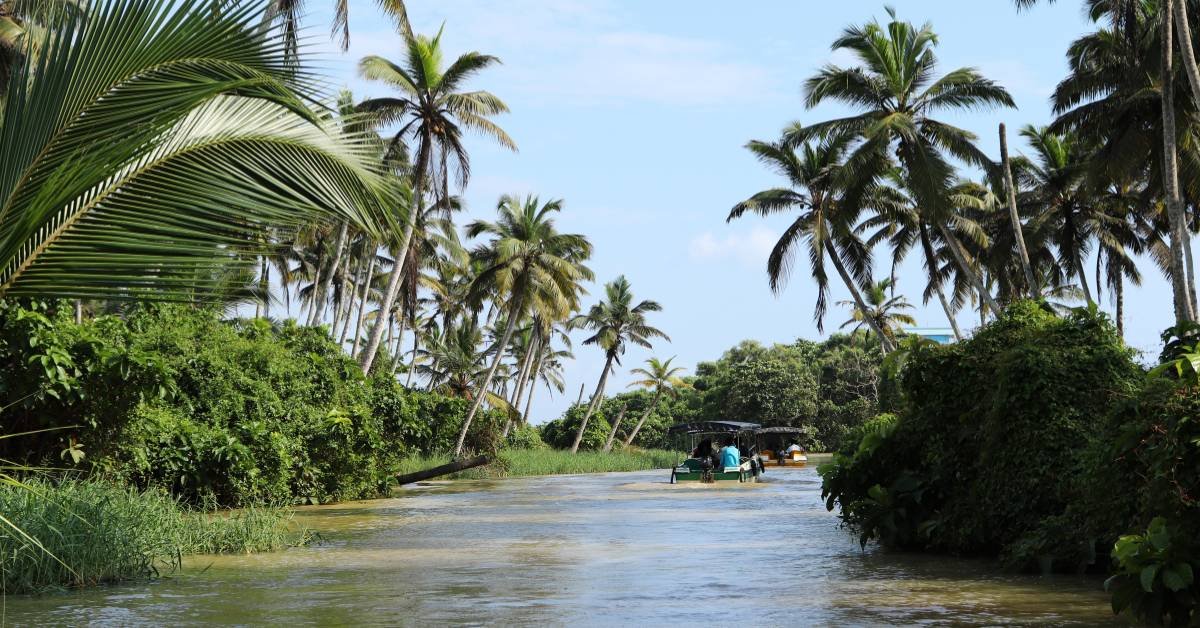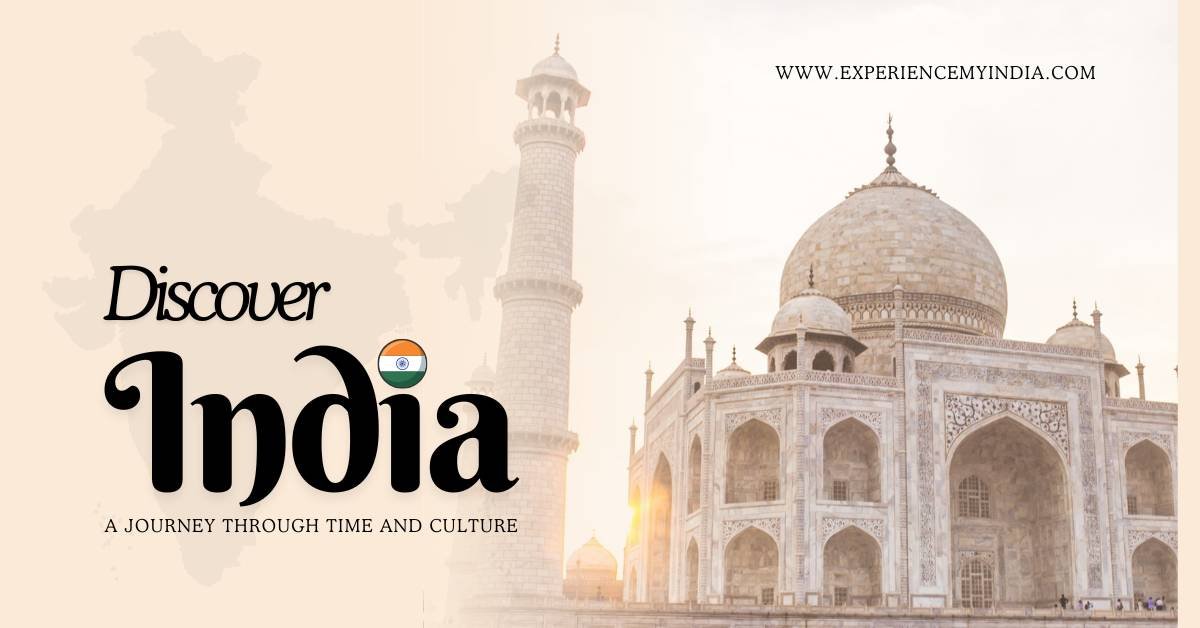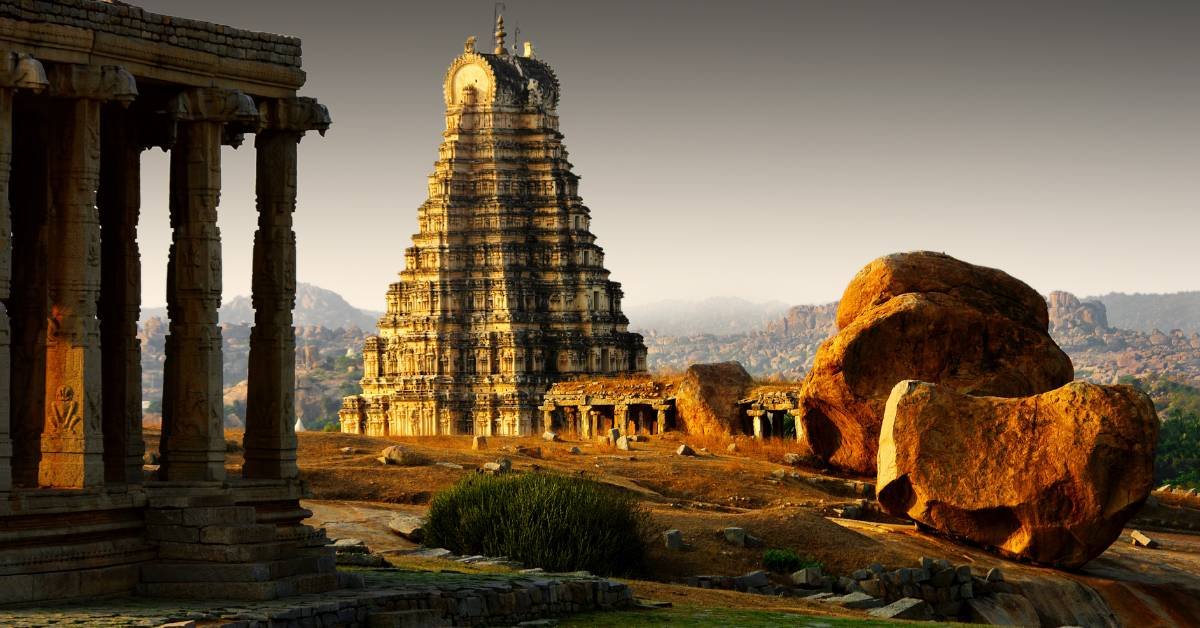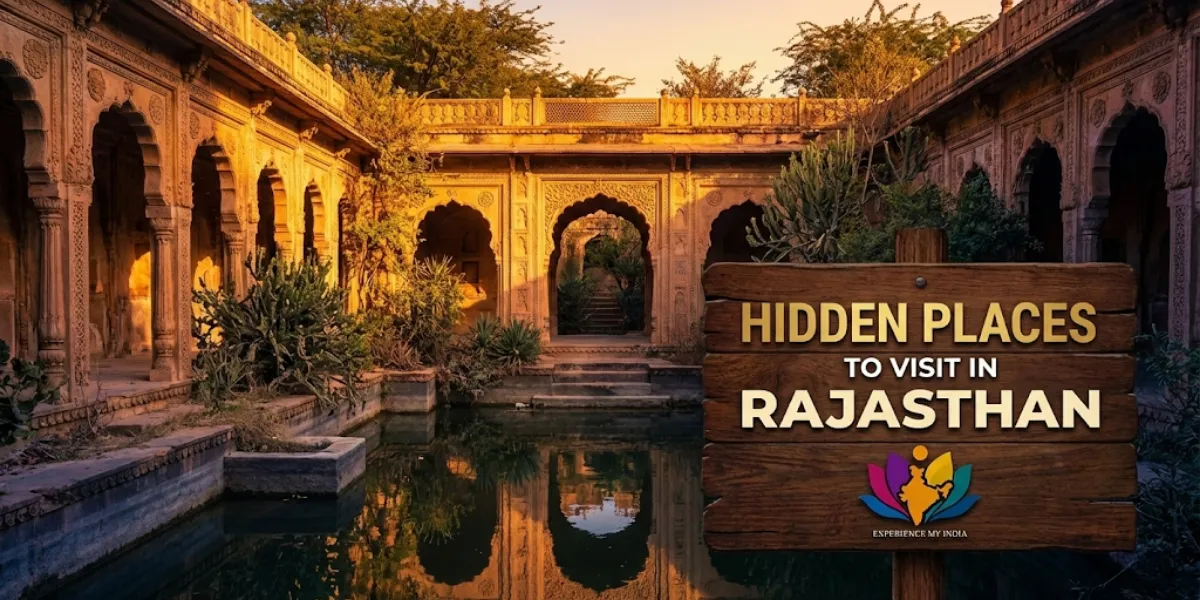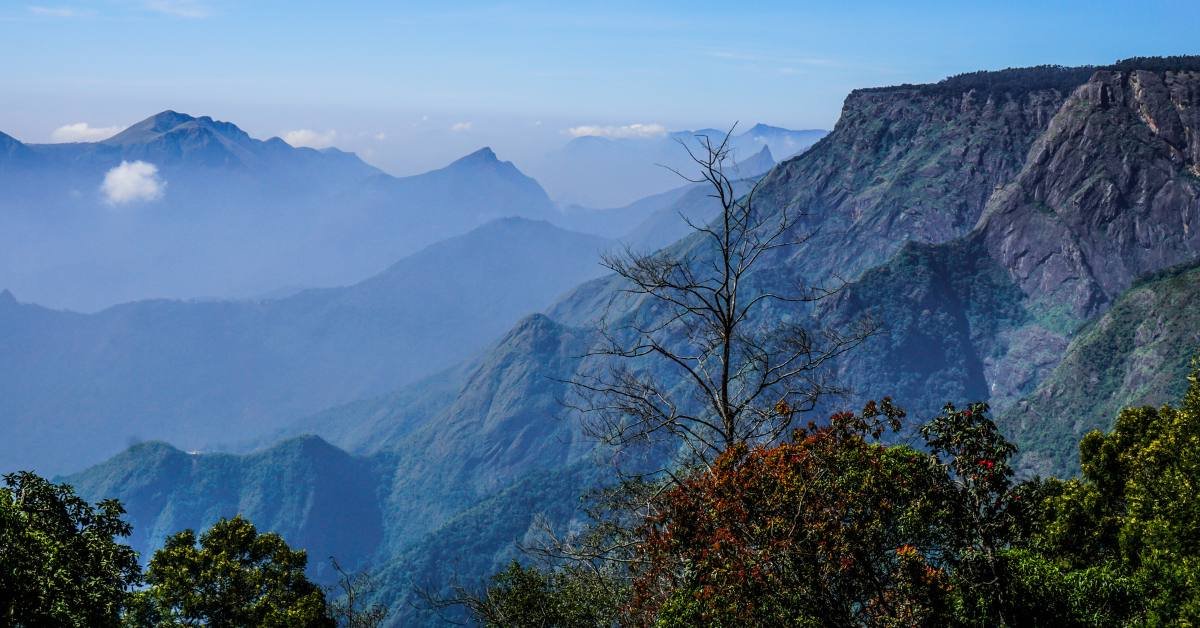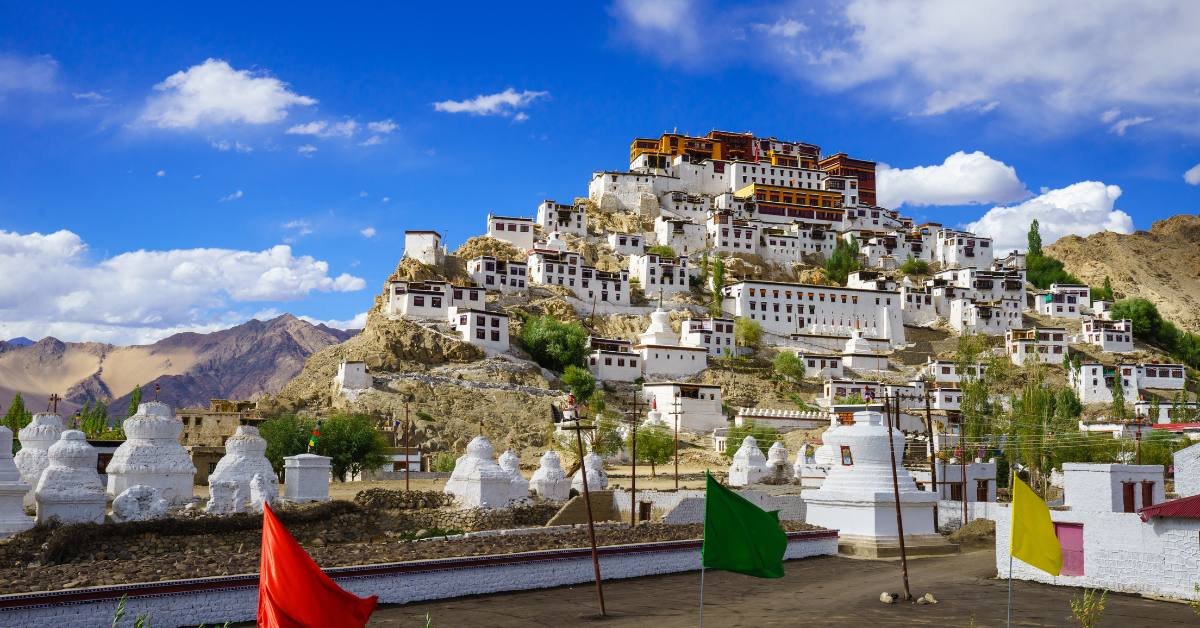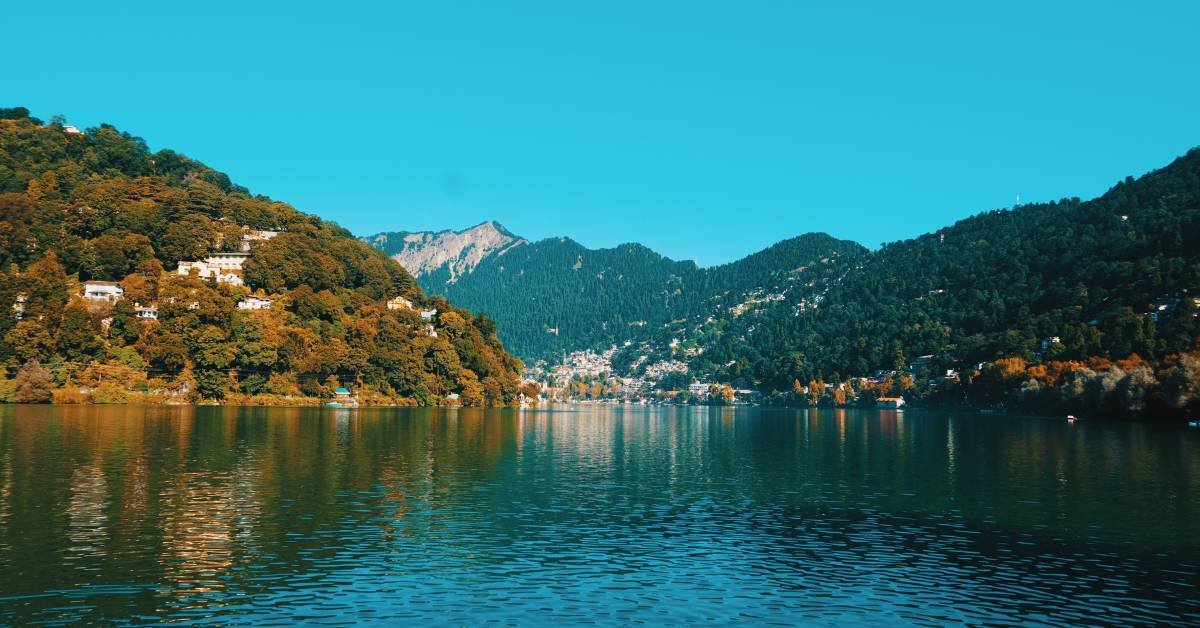Ready to discover where wild dreams come true? Let me take you on an incredible journey through The Top 5 India’s best National Park - where every day feels like you're living in your own National Geographic moment!
First stop - Jim Corbett National Park, nestled in the mighty Himalayas! Picture this: you're sitting in your jeep, heart racing, as a majestic tiger crosses your path, its orange coat glowing in the morning sun. And just when you think it can't get better, a family of elephants appears for their morning bath! Pure magic, right?
Remember "The Jungle Book"? Well, Kanha National Park is where it all began! Imagine walking through Mowgli's playground, where wolves still roam free, leopards play hide and seek in the shadows, and the gorgeous barasingha deer dance through golden meadows!
Now, let's talk about Kaziranga - oh my, what a place! Ever seen a tank with a horn? That's basically what a one-horned rhino looks like, and here they roam like kings! UNESCO didn't give it World Heritage status for nothing, folks!
Want to see something truly special? At Periyar, you can watch elephants having the time of their lives in a sparkling lake while hundreds of colorful birds create nature's own rainbow above! It's like a Disney movie come to life!
And save your breath for Ranthambore - where tigers rule ancient ruins like they're posing for your perfect shot! Trust me, seeing these magnificent big cats against historic fortresses will make every other photo in your album look boring!
Ready to answer the call of the wild? Because these aren't just national parks - they're nature's greatest shows waiting for you! Whether you're a wildlife buff, photography enthusiast, or just someone who binge-watches animal documentaries (we've all been there!), these parks have a way of turning everyone into a passionate nature lover!
Shall we help you plan your wild adventure? After all, some experiences don't just give you stories - they give you goosebumps!
Remember, in these jungles, every moment is a surprise, every turn is an adventure, and every day is absolutely wild! Ready to roar?
Importance of National Parks for Conservation
- Biodiversity Protection: India’s best national parks protect many unique species, like the Bengal tiger and one-horned rhinoceros, ensuring their survival.
- Ecosystem Balance: By preserving vast, undisturbed areas, national parks help maintain the natural balance, preventing the extinction of species.
- Education and Awareness: These parks educate visitors on the importance of conservation, fostering a sense of responsibility toward nature.
- Cultural Significance: Many parks preserve areas of historical and cultural importance, adding to their value beyond wildlife conservation.
Overview of the Top 5 National Parks in India
- Kaziranga National Park: Famous for the largest population of one-horned rhinoceros, this UNESCO World Heritage Site is one of India’s best national parks.
- Jim Corbett National Park: As India’s oldest park, it’s known for its stunning landscapes and tiger conservation success.
- Ranthambore National Park: Renowned for its Bengal tiger population, this park offers spectacular tiger sightings amidst ancient ruins.
- Bandhavgarh National Park: Known for its high tiger density, it’s a paradise for wildlife photographers.
- Kanha National Park: This park inspired Rudyard Kipling’s The Jungle Book and is home to diverse flora and fauna.
Kaziranga National Park: The Land of the One-Horned Rhino
- Unique Species: Kaziranga is famous for its one-horned rhinoceros, making it one of India’s best national parks to see these rare animals.
- Other Wildlife: It’s home to elephants, tigers, and swamp deer, creating a rich wildlife experience.
- Wetland Habitat: The park's grasslands and wetlands create a lush environment that’s beautiful and vital for various species.
- Conservation Success: Kaziranga’s conservation efforts have led to an incredible resurgence of the one-horned rhino, a global success story.
Book Your Tour Now
Jim Corbett National Park: The Oldest National Park in India
- Historical Importance: Established in 1936, it’s India’s first national park, named after the legendary hunter-turned-conservationist Jim Corbett.
- Scenic Beauty: From rivers and grasslands to dense forests, Corbett’s landscapes are a nature lover’s dream.
- Tiger Conservation: As a part of Project Tiger, it played a pivotal role in India’s tiger conservation success.
- Adventure Opportunities: Jeep and elephant safaris are popular, allowing close encounters with diverse wildlife, including tigers.
Book Your Tour Now
Ranthambore National Park: Home to the Majestic Royal Bengal Tigers
- Tigers in the Wild: Ranthambore is one of India’s best national parks for tiger sightings, with a high tiger density.
- Ancient Ruins: The park’s ancient fort and temples add a historical backdrop to the natural beauty.
- Photography Haven: It’s perfect for capturing tigers and other wildlife in their natural habitat.
- Diverse Wildlife: Besides tigers, Ranthambore is home to leopards, crocodiles, and an array of bird species, making every visit exciting.
Book Your Tour Now
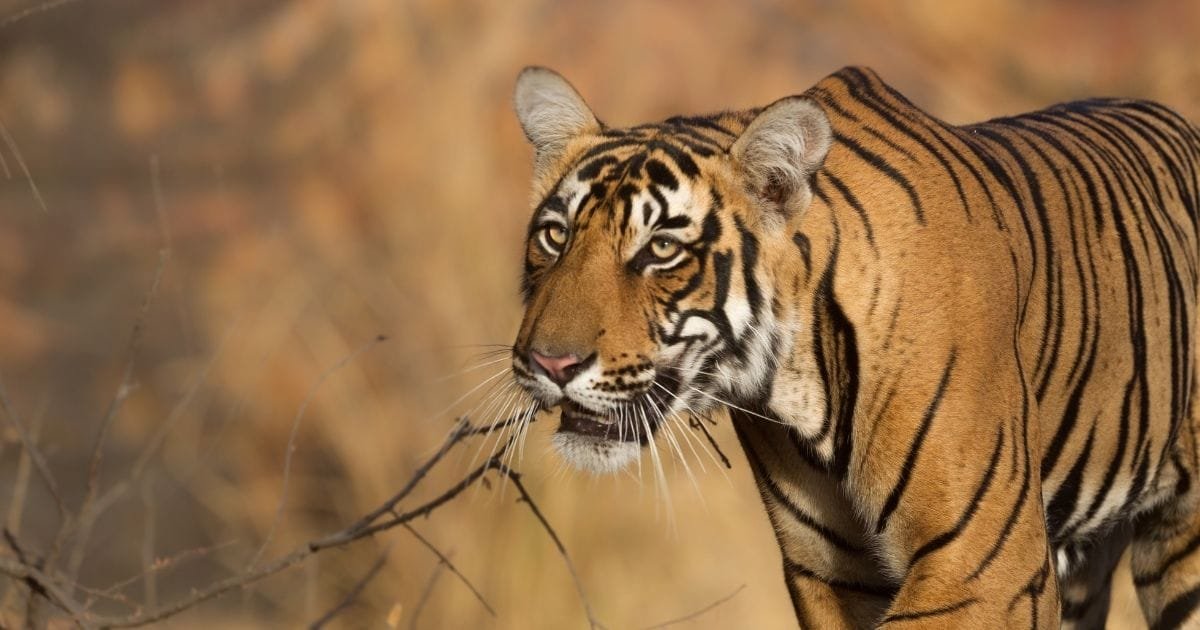
Bandhavgarh National Park: A Haven for Wildlife Photography Enthusiasts
- High Tiger Density: Known for having one of the highest tiger populations in India, Bandhavgarh is a top choice for tiger enthusiasts.
- Photogenic Landscapes: The dramatic cliffs and open meadows offer breathtaking backdrops for photography.
- Other Species: In addition to tigers, visitors can spot leopards, sloth bears, and diverse bird species.
- Ancient Caves: This park is also known for ancient caves with inscriptions, adding a sense of mystery and history.
Book Your Tour Now
Kanha National Park: Inspiration Behind Rudyard Kipling's "The Jungle Book"
- Literary Inspiration: Kanha’s dense jungles and vibrant wildlife inspired Kipling’s The Jungle Book, adding magic to its allure.
- Conservation Efforts: Kanha is known for its focus on preserving endangered species, including the barasingha (swamp deer).
- Scenic Beauty: With bamboo forests, grassy meadows, and peaceful streams, it’s one of India’s most beautiful national parks.
- Wildlife Diversity: Kanha is home to tigers, leopards, wild dogs, and hundreds of bird species, perfect for an immersive nature experience.
Book Your Tour Now
Tips for Visiting India's National Parks
- Plan Ahead: Book accommodations and permits in advance, especially during peak seasons.
- Respect Wildlife: Keep a safe distance and avoid disturbing animals, ensuring a safe and respectful experience.
- Hire a Guide: Local guides offer invaluable knowledge about the park and can enhance your experience with their expertise.
- Pack Essentials: Bring binoculars, sunscreen, and suitable clothing for comfort and a better wildlife-watching experience.
Conclusion: Embrace the Beauty and Biodiversity of India's Best National Parks
Visiting India’s best national parks is more than a journey; it’s an experience my India that brings you closer to nature in a way few places can. Each park has its unique story: Kaziranga with its iconic one-horned rhinos, the historic grounds of Jim Corbett, Ranthambore’s majestic tigers, Bandhavgarh’s raw photographic beauty, and Kanha’s enchanting landscapes that inspired The Jungle Book. These parks are not only natural wonders but play a crucial role in conservation, protecting some of the world’s rarest species and ecosystems.
When you visit, your presence supports conservation efforts, eco-tourism, and local communities that depend on these parks. Whether you’re seeking adventure, peace, or a deeper understanding of India’s wildlife, these parks offer an experience that goes beyond sightseeing. Take a moment to appreciate the sheer beauty of these landscapes and the delicate balance they maintain. Embracing India’s national parks is a way to reconnect with nature, support vital environmental work, and create memories that last a lifetime. So, plan your visit and let the spirit of India’s wilderness enrich your soul.



